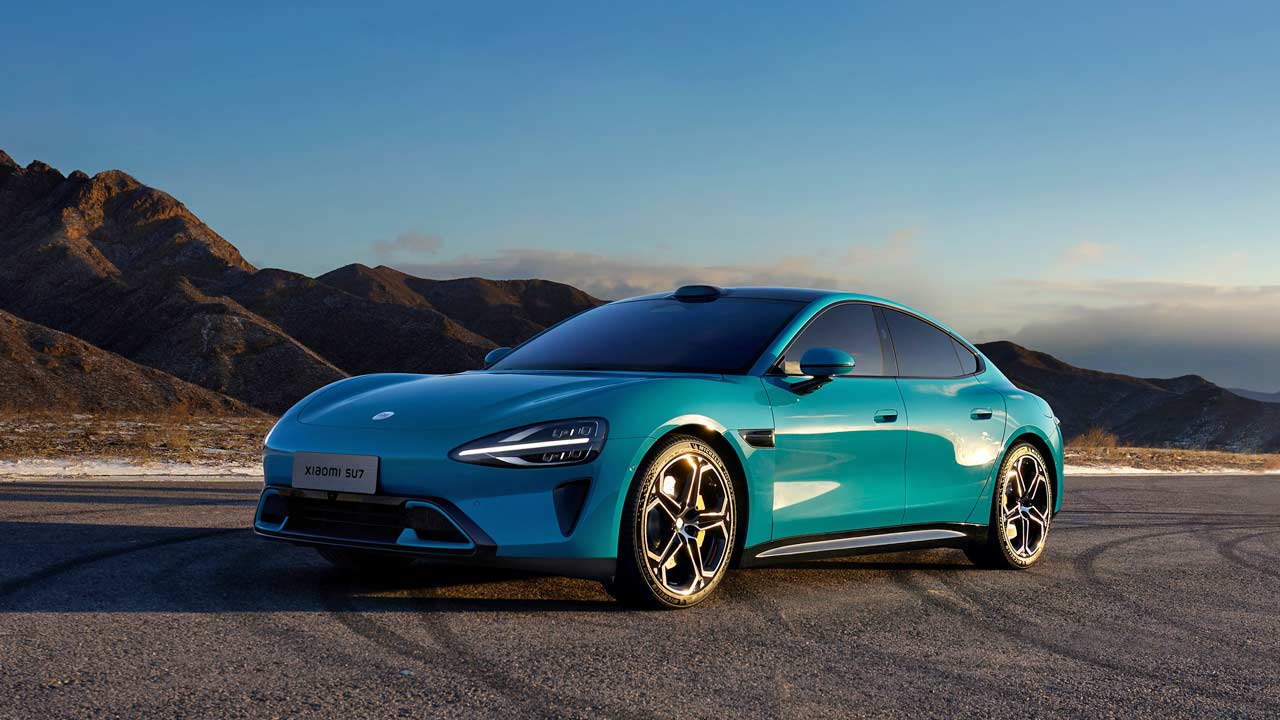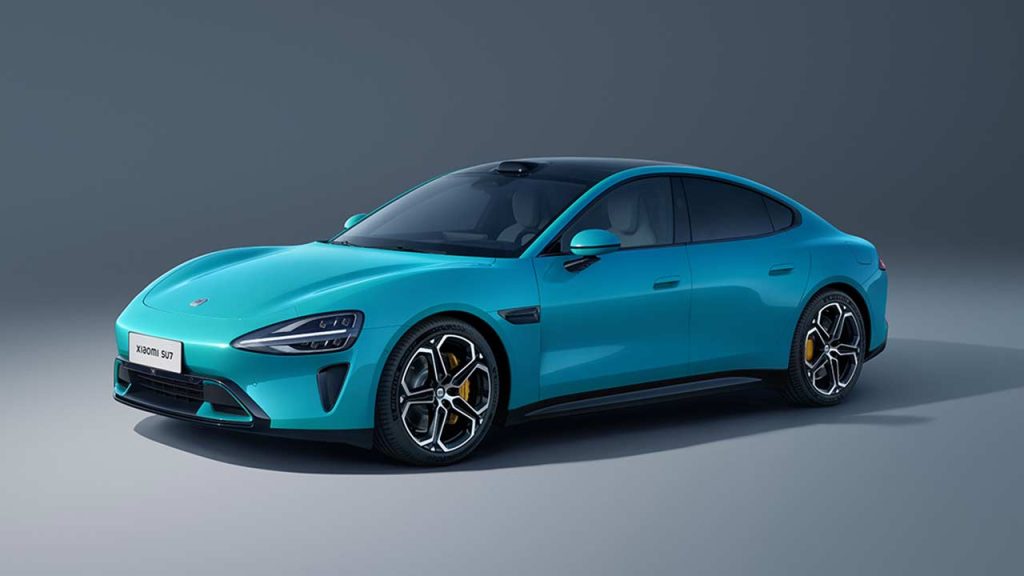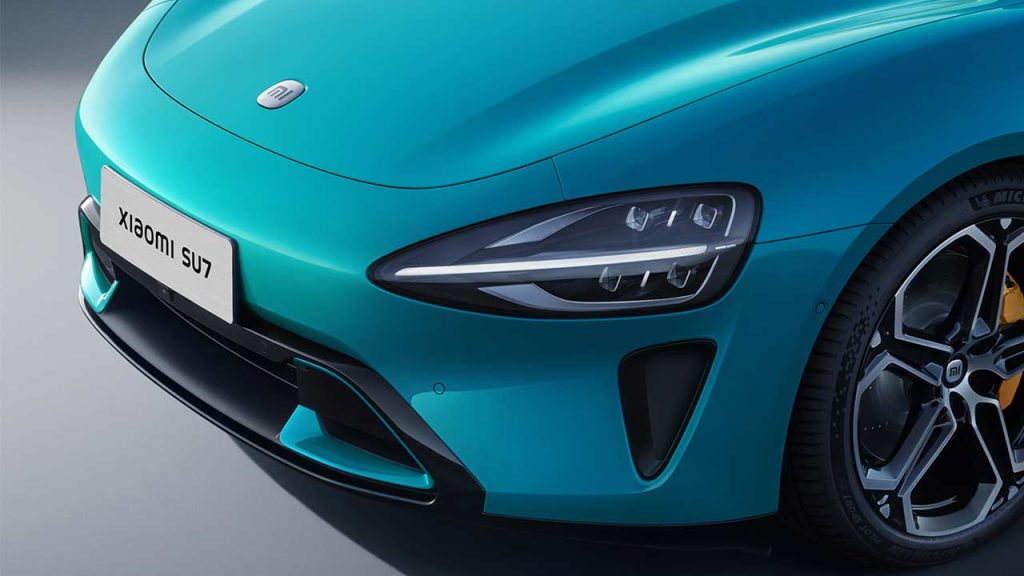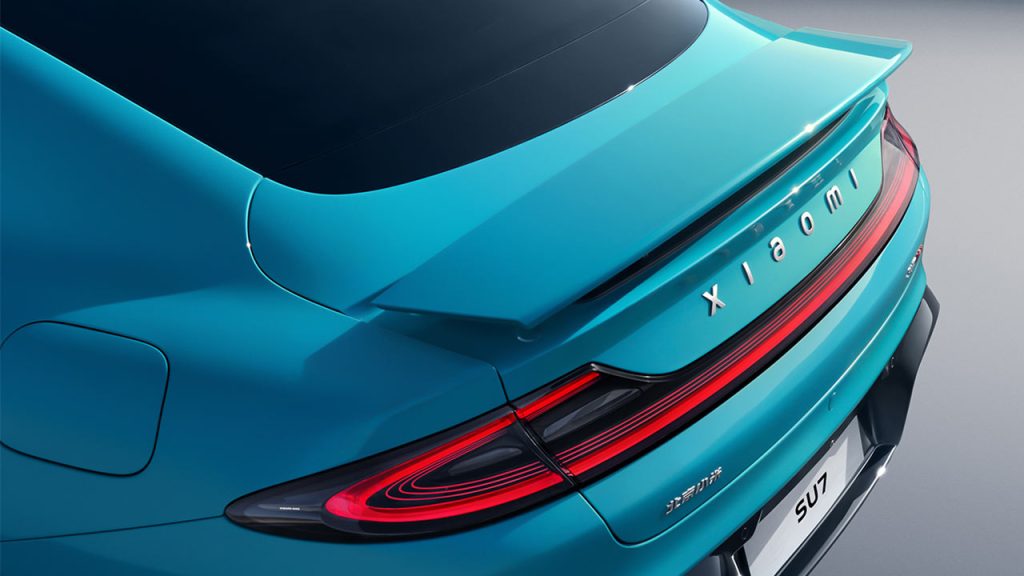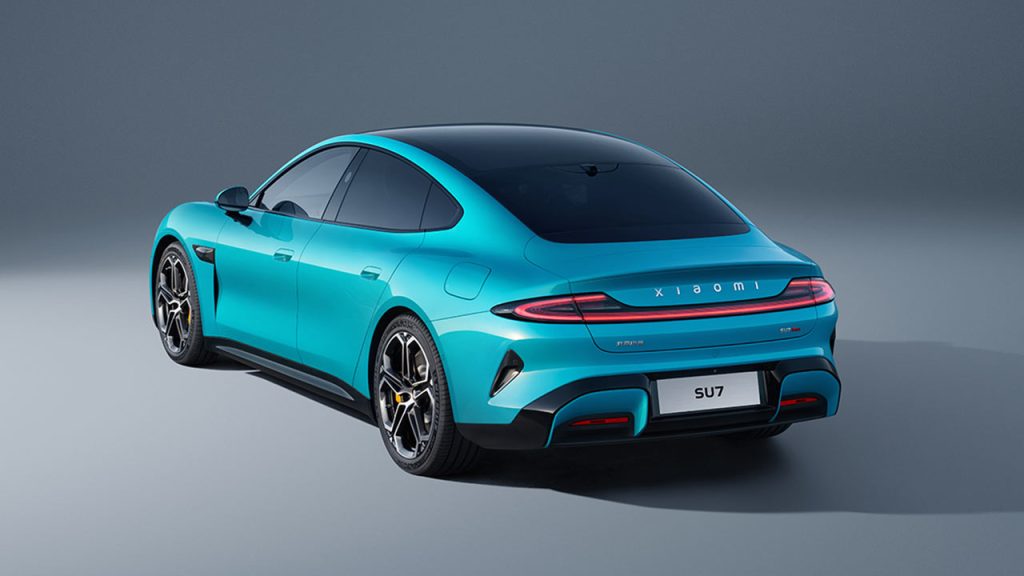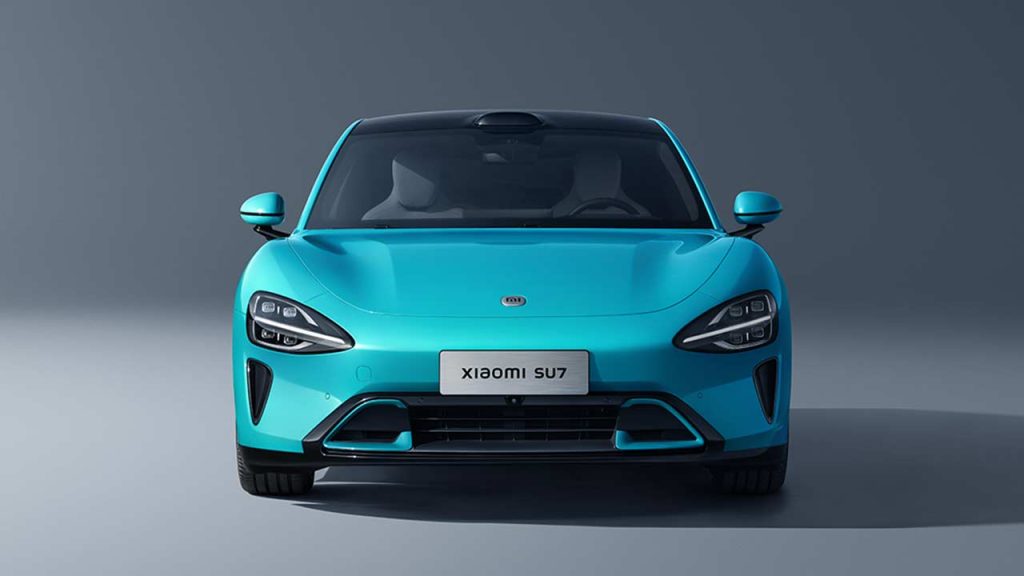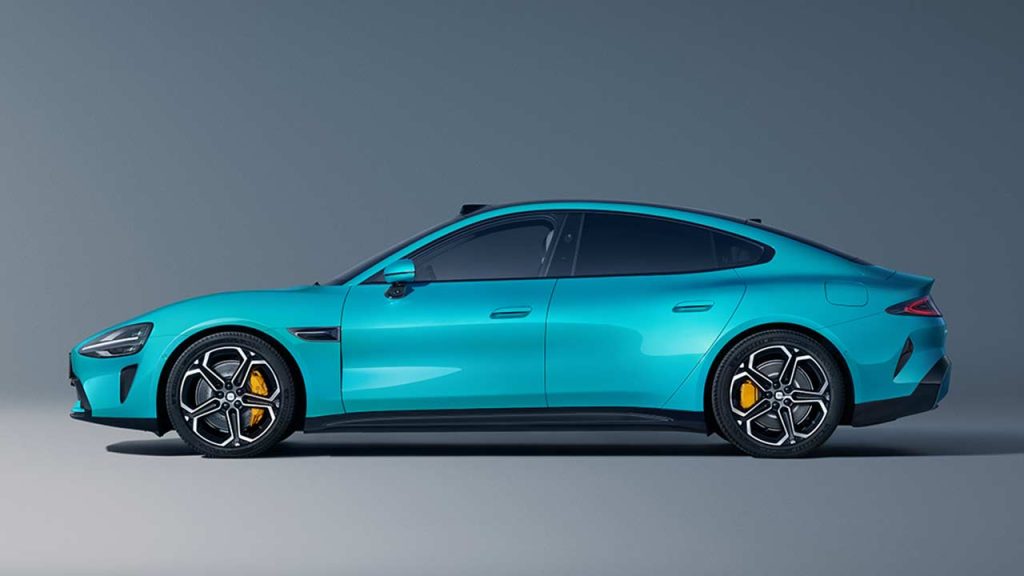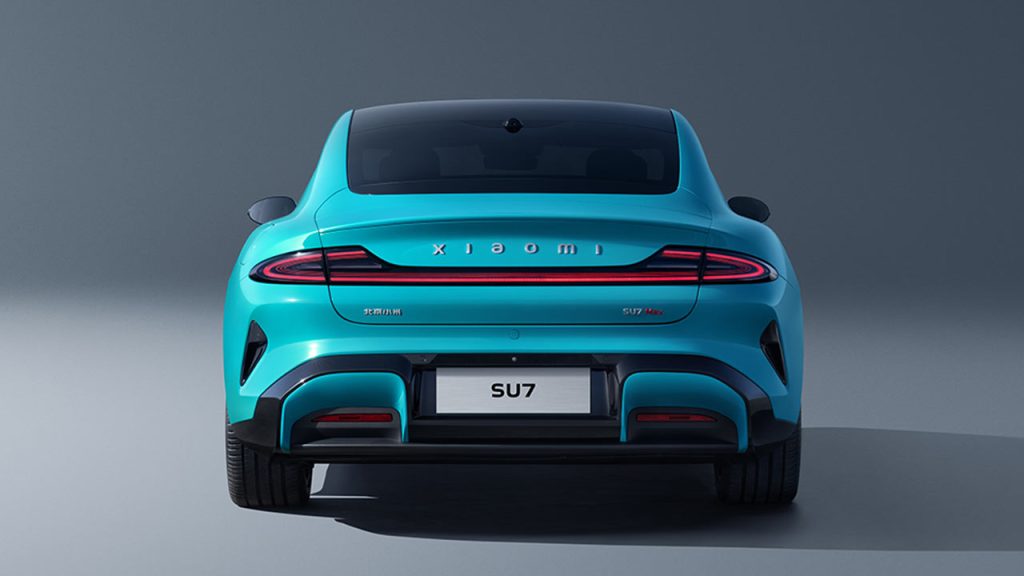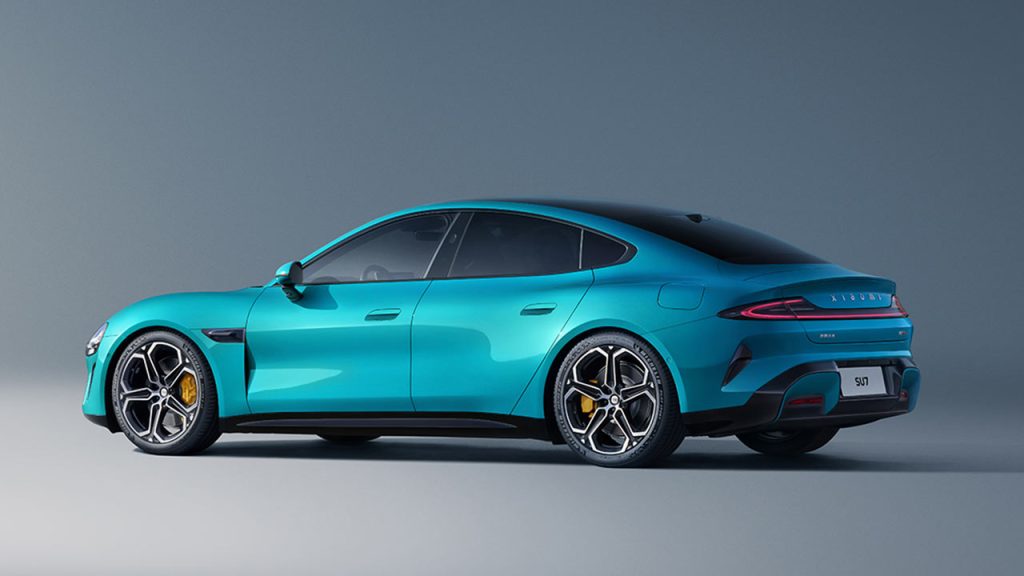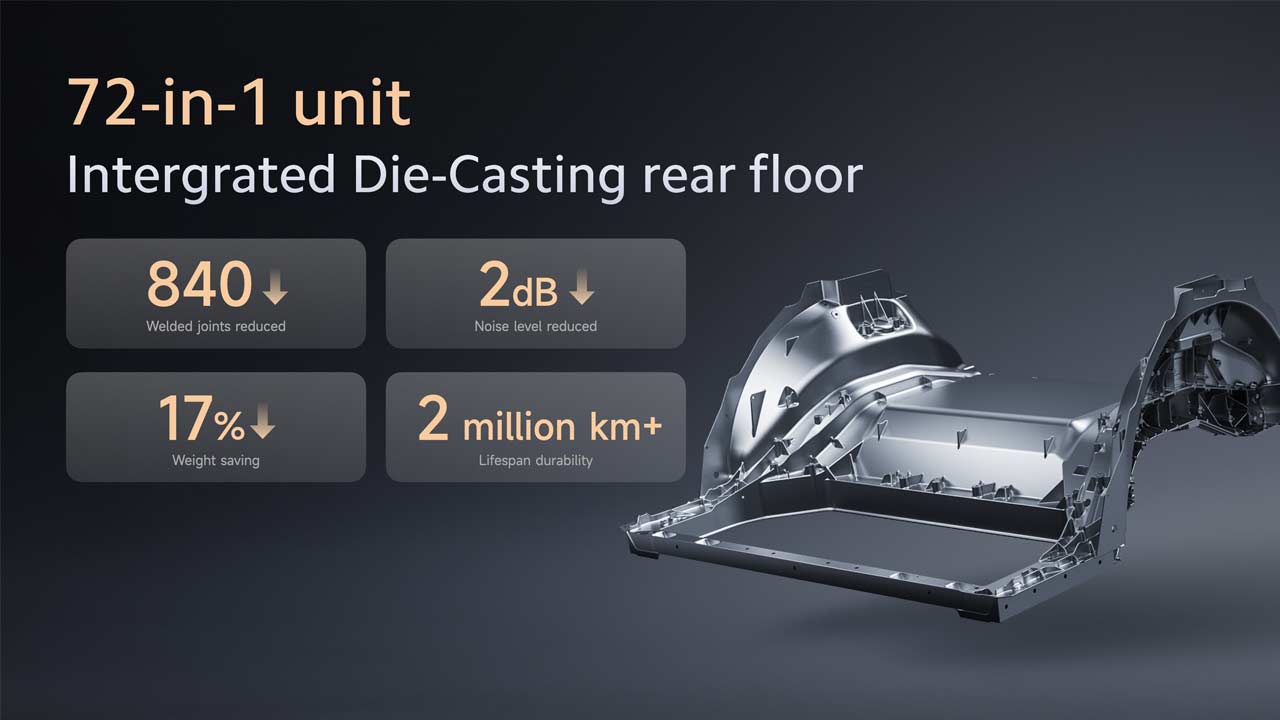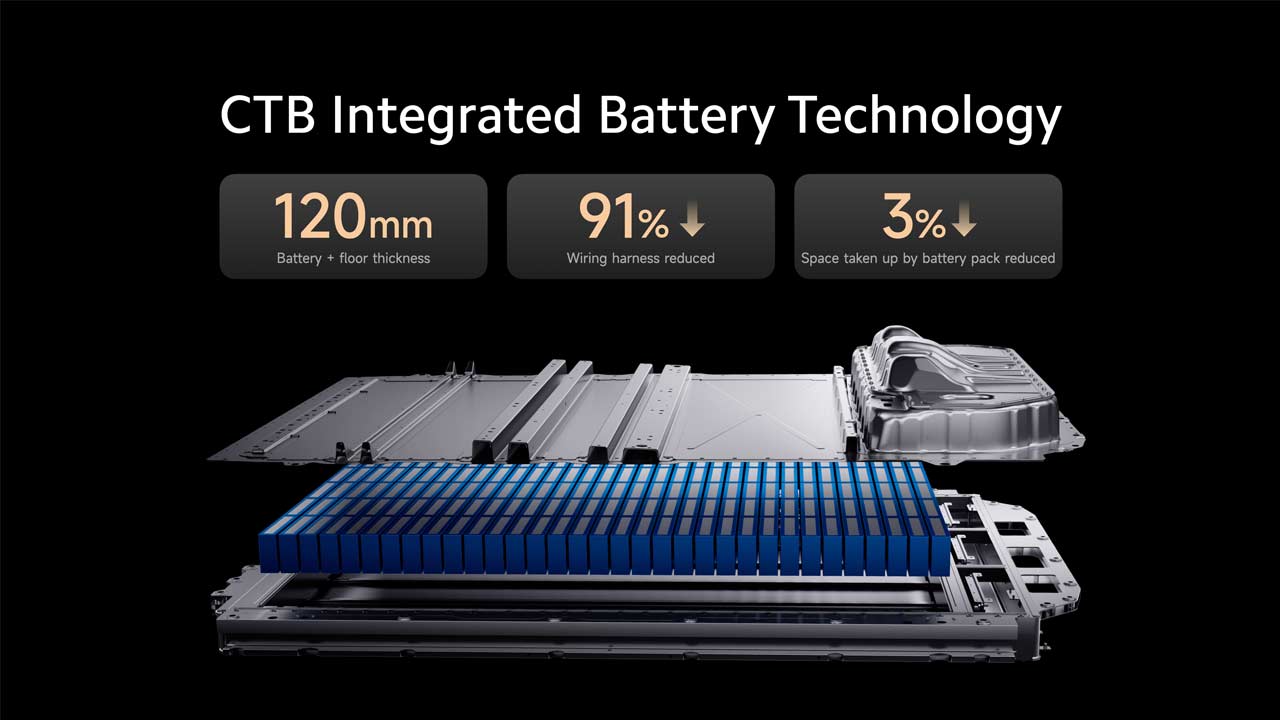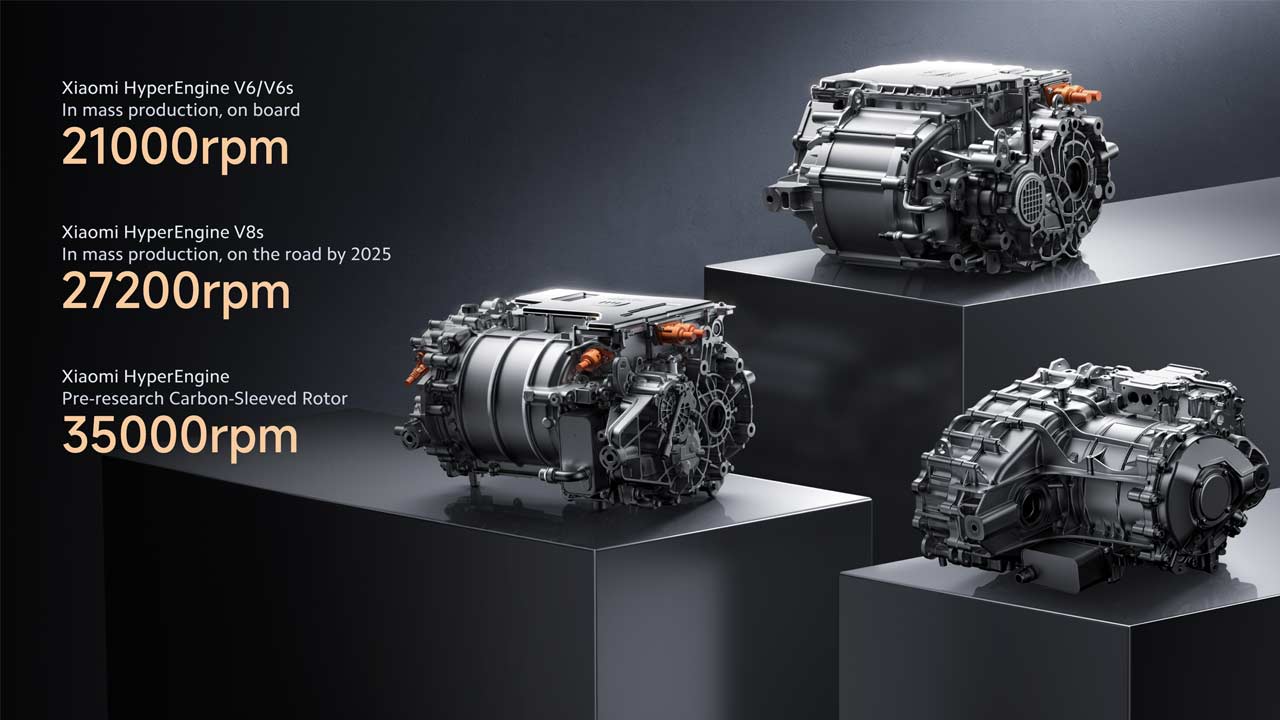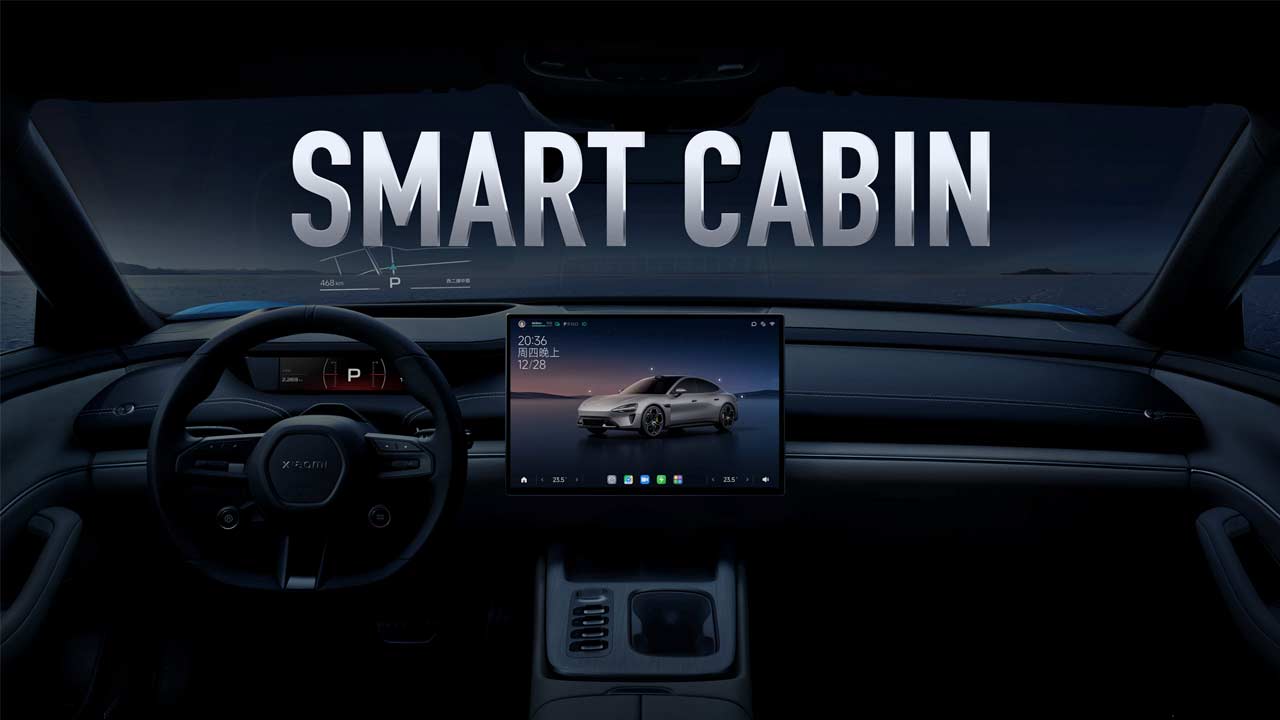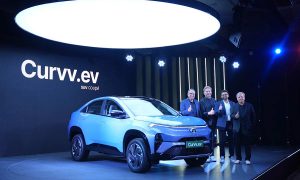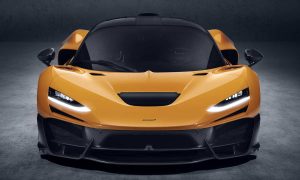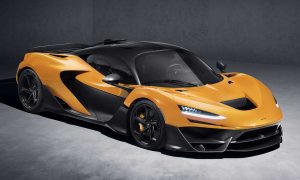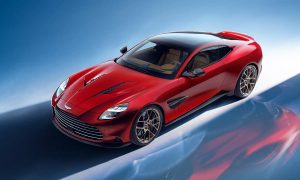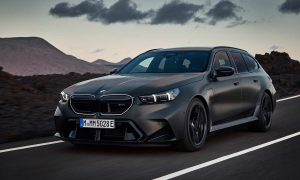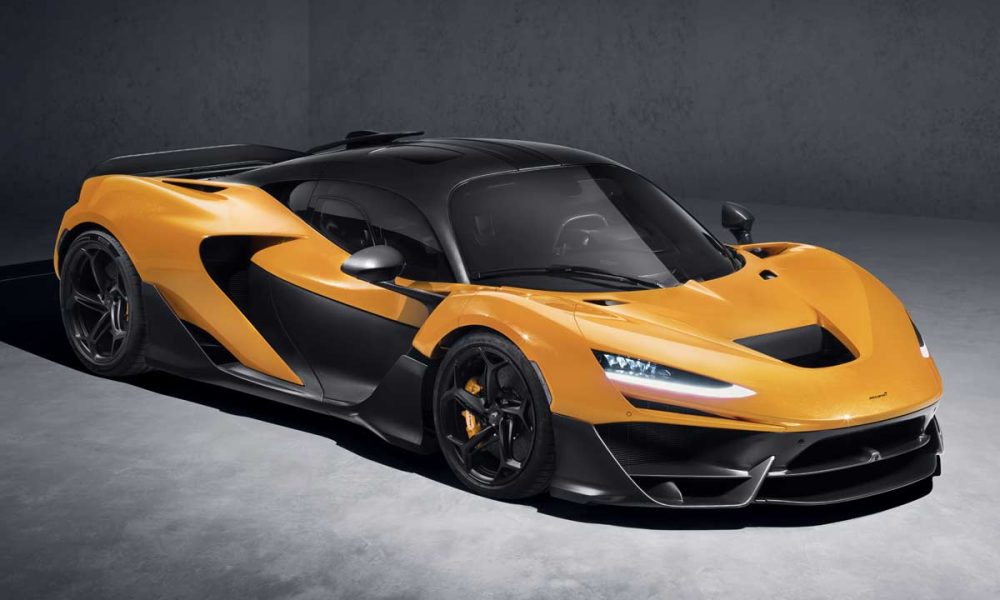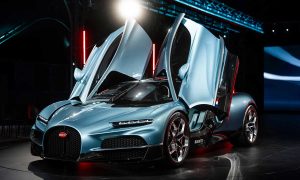I think we all can agree that cars these days, especially the all-electric ones are nothing more than moving computers, or, computers with wheels, or, in just one term – technology. And so, it only makes sense for tech companies to start producing cars. As you might know, Apple is said to be working on something, and Sony has signed-up an MoU with Honda for ‘Afeela‘ (planned to be launched in 2026). Now though, it’s time for Xiaomi to jump right in with the SU7.
Despite the name ‘SU7’, it is not an SUV with a stylized name. The SU7 is a sleek 4-door sedan that appears to be interested in giving tough competition to the Taycan. The company doesn’t talk about the design in its official press release, but we certainly can. The design of the SU7 looks very familiar; I mean, its lines and shapes don’t invoke a wow factor because we’ve seen them already.
As people are pointing out on social media, the SU7 design is a mix of a McLaren 720S, a Taycan and a Lincoln MKZ. That said, it’s a clean and dare-i-say fuss-free design.
Understandably, Xiaomi talks more about the technology rather than the car itself. The company has revealed the Xiaomi Die-Casting T9100 cluster and a die-casting alloy material called Xiaomi Titans Metal; both claimed to be self-developed. The company says that the T9100 covers an area of 840 m² with a total weight of 1050t and locking force reaching 9100t. In addition, a quality judgment system is said to be capable of completing inspections of individual pieces within 2 seconds, offering an efficiency 10 times higher than manual inspection. The rear underbody, for example, integrates 72 components into one, reducing welded joints by 840, decreasing overall car weight by 17%, and significantly reducing production hours by 45%.
As for the Titans Metal, it is said to be a high-strength, high-resilience, heat-treated die-casting material, which offers a perfect combination of strength, resilience, and stability.
The battery pack is also claimed to be self-developed. The pack is claimed to feature the following: a battery integration efficiency of 77.8%, the highest of CTB batteries worldwide, a 24.4% overall performance improvement, and a height reduction of 17 mm, with a maximum battery capacity of up to 150 kWh and theoretical CLTC recharge range exceeding 1,200 km (746 mi).
As for the safety of the battery pack, a downward-facing pressure relief valve is said to swiftly release energy in extreme situations. A 14-layer physical protection system includes 3 layers of top support, 3 layers of side protection, and 8 layers of bottom protection.
Other key highlights of the pack include a dual-side water cooling solution, the capability of resisting temperatures up to 1,000°C thanks to 165 pieces of aerogel insulation material, and a new BMS (Battery Management System) that includes 3 independent thermal runaway monitors and alarms, along with around-the-clock early warning system.
As for the powerplants, Xiaomi is showcasing three of ’em, named HyperEngine V6/V6s, and HyperEngine V8s. There’s no proper explanation for the usage of ‘V6’ and ‘V8’ terminologies for these electric motors, but apparently, these motors rival the performance of ICE V6 and V8 engines. The V8s motor is claimed to feature a bi-directional full oil cooling technology and an S-shaped oil circuit design, offering far better heat dissipation.
As for the output figures, the V6 motor is claimed to offer a maximum power of 220 kW (299 metric hp) and a maximum torque of 400 Nm (295 lb-ft), while the V6s is claimed to offer 275 kW (374 metric hp) and 500 Nm (369 lb-ft). The V8s is claimed to offer peak figures of 425 kW (578 metric hp) and 635 Nm (468 lb-ft).
The cockpit appears to have a minimalistic design, with the dashboard being dominated by a 16.1-inch 3K touchscreen. There’ll also be a digital cluster and a head-up display. The car will also feature two seat-back extension mounts that allow for the mounting of two tablet devices.
Other key highlights of the car include autonomous driving capability thanks to two NVIDIA Orin chips, and Human x Car x Home smart ecosystem.
So, when does the Xiaomi SU7 go on sale? Well, that’s a good question but the official press release has no clarity on that topic. It simply mentions the following: HyperEngine V8s is in development, and set to be mass-produced and implemented in Xiaomi EVs in 2025.

Leave a Reply
Note: Comments that are unrelated to the post above get automatically filtered into the trash bin.
